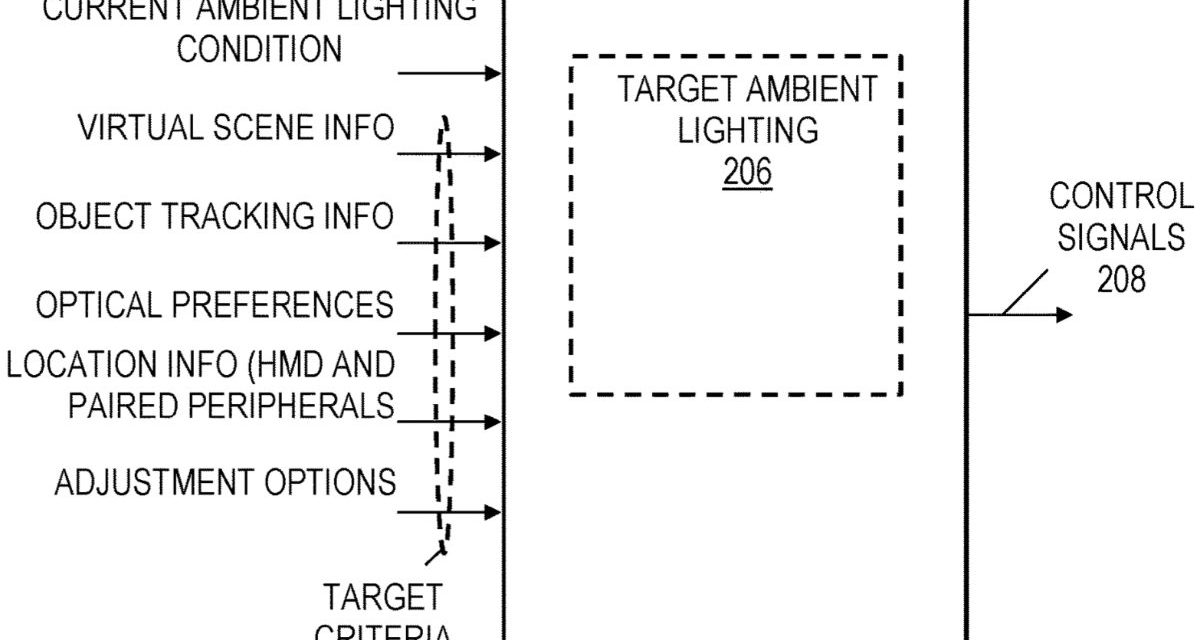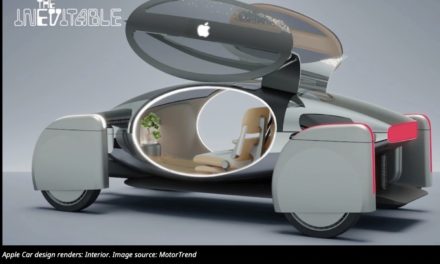Apple has filed for a patent (number 11,022,802) for “dynamic ambient lighting control” that involves the rumored “Apple Glasses,” an augmented reality/virtual reality head-mounted display.
The idea is to allow such a device to control certain HomeKit accessories. HomeKit is a software framework by Apple that allows users to configure, communicate with, and control smart-home appliances using the company’s devices. It provides users with a way to automatically discover such devices and configure them.
In the patent data, Apple says that one of the challenges for successfully commercializing computer generated reality (CGR) devices involves providing a quality experience to the user. The tech giant says that just providing a head-mounted device and CGR content isn’t effective if the quality of the CGR experience is “deficient.”
Apple says that one option to provide CGR content involves use of one or more cameras on an HMD. In this scenario, captured camera images can be combined with CGR content to display what has been referred to as “mixed reality” content on the head-mounted device.
However, improving the quality of CGR content, including mixed reality content, isn’t a trivial undertaking. Apple says there are conflicting limitations related to cameras, content generation, display quality, processing speed, and system cost that have not been adequately resolved.
One solution is to allow Apple Glasses to control HomeKit lighting devices. Or, sa the company says in the patent filing: “”The controller in the head-mounted display is configured to determine a target lighting condition in a room relative to a current lighting condition in the room,” says the patent. “The controller is also configured to generate a control signal with instructions to adjust an ambient lighting peripheral in the room based on the determined target lighting condition.”
Here’s the summary of the patent filing: “An apparatus includes a transceiver and a controller in communication with the transceiver. The controller is configured to determine a target lighting condition in a room relative to a current lighting condition in the room. The controller is also configured to generate a control signal with instructions to adjust an ambient lighting peripheral in the room based on the determined target lighting condition. The control signal is provided to the transceiver for transmission.”
The accompanying graphic is a block diagram showing an ambient lighting control scenario in accordance with various embodiments of the patent filing.
Article provided with permission from AppleWorld.Today




